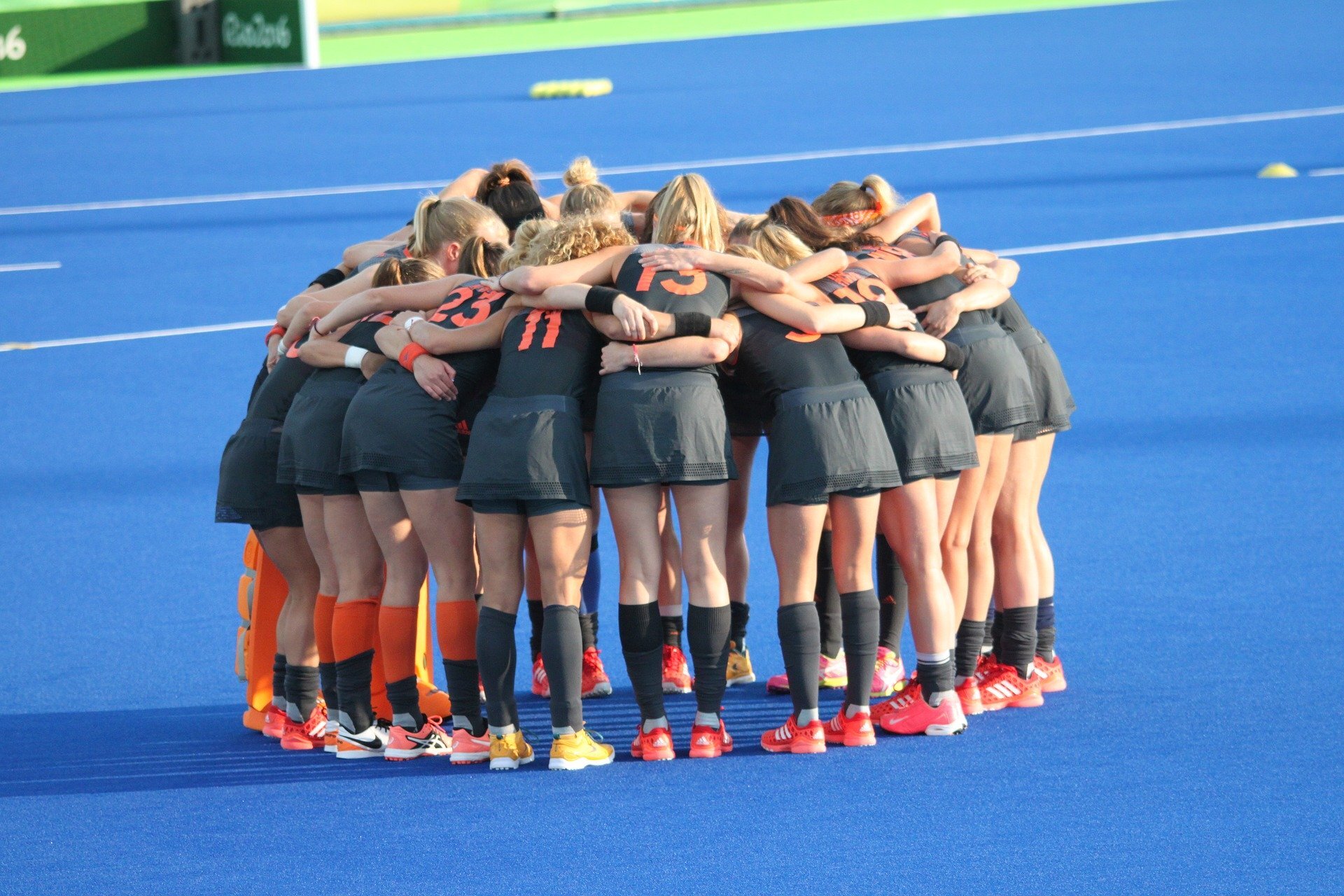Leading Insights
As a centre of expertise at KU Leuven, we are eager to help you
to harness and take full advantage of the leadership potential in your team.
Why invest in leadership?
On every team there is a core group who sets the tone for everyone else. If the tone is positive, you have half the battle won. If it is negative, you are beaten before you even walk out on the field.
Chuck Noll, the only American football coach who led his team to 4 Super Bowl victories

Our aim
Relying on scientifically substantiated insights, we help you to implement an innovative and successful structure of shared leadership. By maximally harnessing the talents of your team members and by giving them the support to grow and flourish, you will succeed in developing the human potential of your team to the fullest. This will not only lead to better performances as a team, but will also nurture the well-being of your team members.
Our vision can be captured in 3 words:
How we can help you
By actively engaging in leadership, team members play an important role in the optimal functioning of a team. Despite the promising potential of shared leadership, the implementation in practice does not always seem to be straightforward. How do we find the right leaders in our team? And how can we further develop their leadership potential? To answer these questions and to help you in implementing a successful structure of shared leadership, we developed the following services.
Inspiration sessions
Our lectures serve as a source of inspiration in which we share our scientific insights and real-world experiences, as well as useful guidelines to implement them in practice.
Assessments
Our Shared Leadership Mapping gives you a crystal clear view on who the key leaders are in your team.
Our Social Insights Mapping maps out the social relationships in your team.
Development programs
Our programs help you to harness the leadership potential in your team and to strengthen the team's joint identity ─ team members' sense of 'we' and 'us'.



